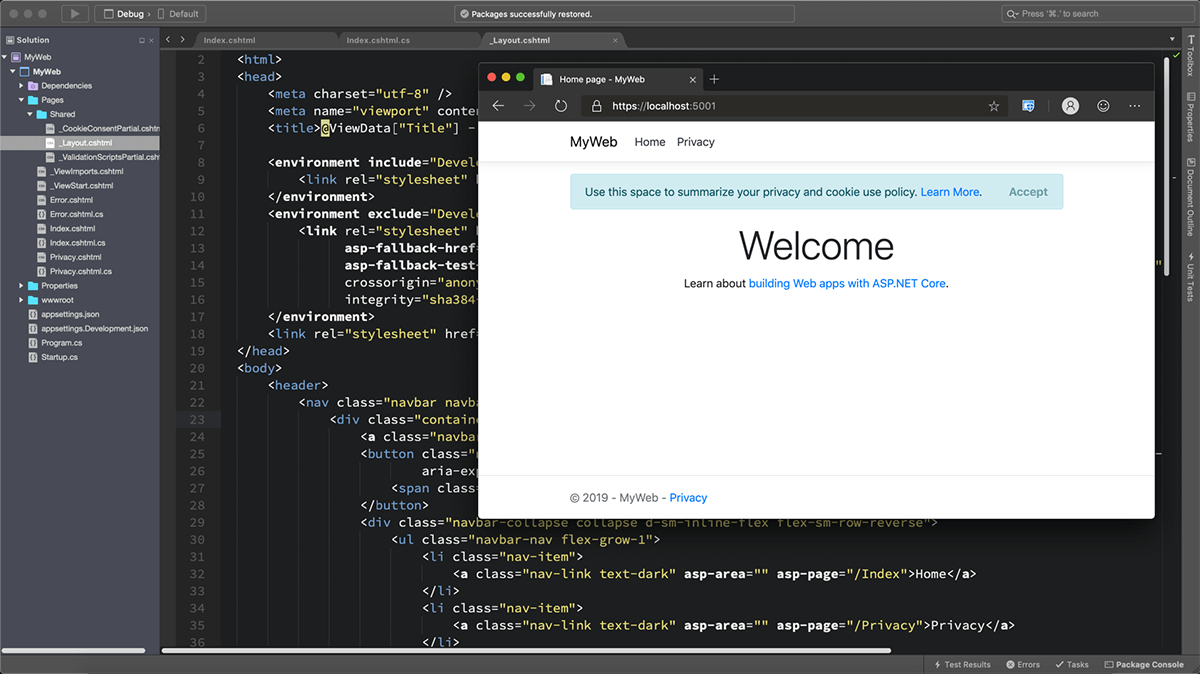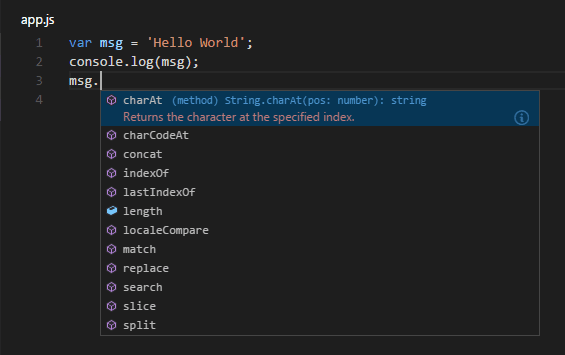Download Javascript For Mac
Javascript Application For Mac Os; Javascript Application For Mac Shortcut; Disable Javascript Mac; Get Java for your Mac. Download Java for OS X directly from Oracle. Get the latest version. If an app or webpage you want to use asks you to install Java software. There isn't really much more to it than running jsc in Terminal.app and then. Download Mozilla Firefox for Mac, a free web browser. Firefox is created by a global not-for-profit dedicated to putting individuals in control online. Get Firefox for Mac today!
Get Java for your Mac. Download Java for OS X directly from Oracle. Get the latest version. If an app or webpage you want to use asks you to install Java software. There isn't really much more to it than running jsc in Terminal.app and then typing JavaScript to run. Alternatively you can provide JavaScript in a file on the command line. Jsc -h will give you the options. Jsc has no relation to Xcode, the JavaScriptCore framework is the framework Safari uses for JavaScript. – mttrb Apr 9 '12 at 13:57. Javascript free download - JavaScript Free, Free JavaScript Editor, Javascript Newsflash, and many more programs. Enter to Search. My Profile Logout. Script language for apps. JavaScript is a scripting language used to create interactive web pages while Java is a programming language created by Oracle. Java is mainly used to program Android devices. Best Mac for app. Hi guys, Is there a possible that javascript can get the MAC address of the client who accessing my website? Thanks & Regards, Mark.
Getting to Know Script Editor
Script Editor, found in /Applications/Utilities/, is an app for writing AppleScripts and JavaScripts. It provides the ability to edit, compile, and run scripts, browse scripting terminology, and save scripts in a variety of formats including compiled scripts, apps, and plain text.
Note
Xcode can also be used to write AppleScriptObjC and JavaScriptObjC apps.
Navigating Script Editor Documents

A Script Editor document window includes the following main areas, as shown in Figure 5-1:
Toolbar—Use this to compile, run, and stop your script. Buttons are also available for showing and hiding the accessory view pane and the bundle contents pane. Select View > Customize Toolbar, or Control-click on the toolbar and choose Customize Toolbar, to choose what buttons displayed in the toolbar.
The toolbar also includes a Record button, which converts manual mouse clicks and keystrokes into script code. However, recording is not supported in JavaScript and few apps support AppleScript recording.
Navigation bar—Use this bar to select a scripting language, target an app, or navigate through the handlers in your script.
The navigation bar currently only supports navigation of AppleScript handlers.
Editor pane—Write your script code here.
Accessory View pane—View and edit your script’s description here, or browse the result and events produced when your script runs.
Bundle Contents pane— Edit the identifier, version, and copyright info for your script here. You can also use this pane to add, remove, or manage resources contained within the bundle. This pane is accessible only when your script is saved in script bundle or app format.
Targeting a Scripting Language
Javascript Download Mac 10.6.8
When you create a Script Editor document, select a scripting language in the navigation bar. See Figure 5-2.
If you always use the same language, set it as the default in the General pane of Script Editor preferences. See Figure 5-3.
Viewing Script Events and Results
Script Editor can display the result of executing a script, as well as a log of events sent and received during execution.
Note
A result is a value generated when a script statement executes. For example, executing the make command to create a folder in the Finder produces the newly created folder object as its result. The result of a script is the result of the script’s last statement. If the script’s last statement doesn’t produce a result, then the script has no result.
Viewing the Script Result
The result of executing your script—if a result was produced—is found in the Accessory View pane. See Figure 5-4.
Do one of the following:
Click the Show Result () button at the bottom of the Accessory View pane.
Viewing the Script Log

The Accessory View pane also contains a script log. See Figure 5-5.
The script log displays the following information.
Result—The result of executing your script.
Messages—Includes log messages generated as your script runs, as well as the script’s result.
Events—Includes log messages, the script’s result, and events—commands—sent to applications.
Replies—Includes log messages, the script’s result, events sent to applications, and event replies.
Do one of the following:
Click the Show Log () button at the bottom of the Accessory View pane.
Note
In AppleScript, log messages are generated using the log command. Download youtube to mp3 converter for mac freeware. See Listing 5-1.
APPLESCRIPT
Since the log command targets the script itself, you must explicitly use the me keyword to direct it to the script when calling it within a tell statement. See Listing 5-2.
APPLESCRIPT
Update Javascript Mac
 Listing 5-2AppleScript: Example of a log message within an application tell statement
Listing 5-2AppleScript: Example of a log message within an application tell statementtell app 'Finder'tell me to log 'My log entry.'end tell
Download Javascript For Mac Free
In JavaScript, log messages are generated by calling the console.log() method anywhere in your script. See Listing 5-3.
JAVASCRIPT

Viewing the Log History
The result and script log areas in the Accessory View pane reset each time you run your script. However, you can view historical logs for an opened script in the Log History window. See Figure 5-6.
Press Option-Command-L.
Click the Log History button () in the top right of the Accessory View pane.
Copyright © 2018 Apple Inc. All rights reserved. Terms of Use Privacy Policy Updated: 2016-06-13
Because it is simple and yet powerful. Using AppJS you don't need to be worry about coding cross-platform or learning new languages and tools. You are already familiar with HTML, CSS and Javascript. What is better than this stack for application development? Beside, AppJS uses Chromium at the core so you get latest HTML 5 APIs working. So relax and focus on the task your application should do.
HTML 5
Javascript Application For Mac Os
AppJS allows you to use HTML 5 APIs to create attractive applications from Word Processors to 3D Games. You are no longer limited to default GUI widgets that plaforms force you to use. Creating custom UIs is now only limited to your imagination!
CSS 3
Javascript Application For Mac Shortcut
Using CSS you can decorate widgets as you like. Create a custom widget in HTML and complete your work with decorating it. Adding shadows, animating elements and transforming objects in 3D space are a few examples of what you can do with CSS 3.
Disable Javascript Mac
Node.js
Download Node.js For Mac Terminal
The interesting part of AppJS is that it uses Node.js as the backbone. Node.js has been built to ease the process of developing scalable network applications. But today, you can see Node nearly everywhere! It has a nice API and lots of modules.